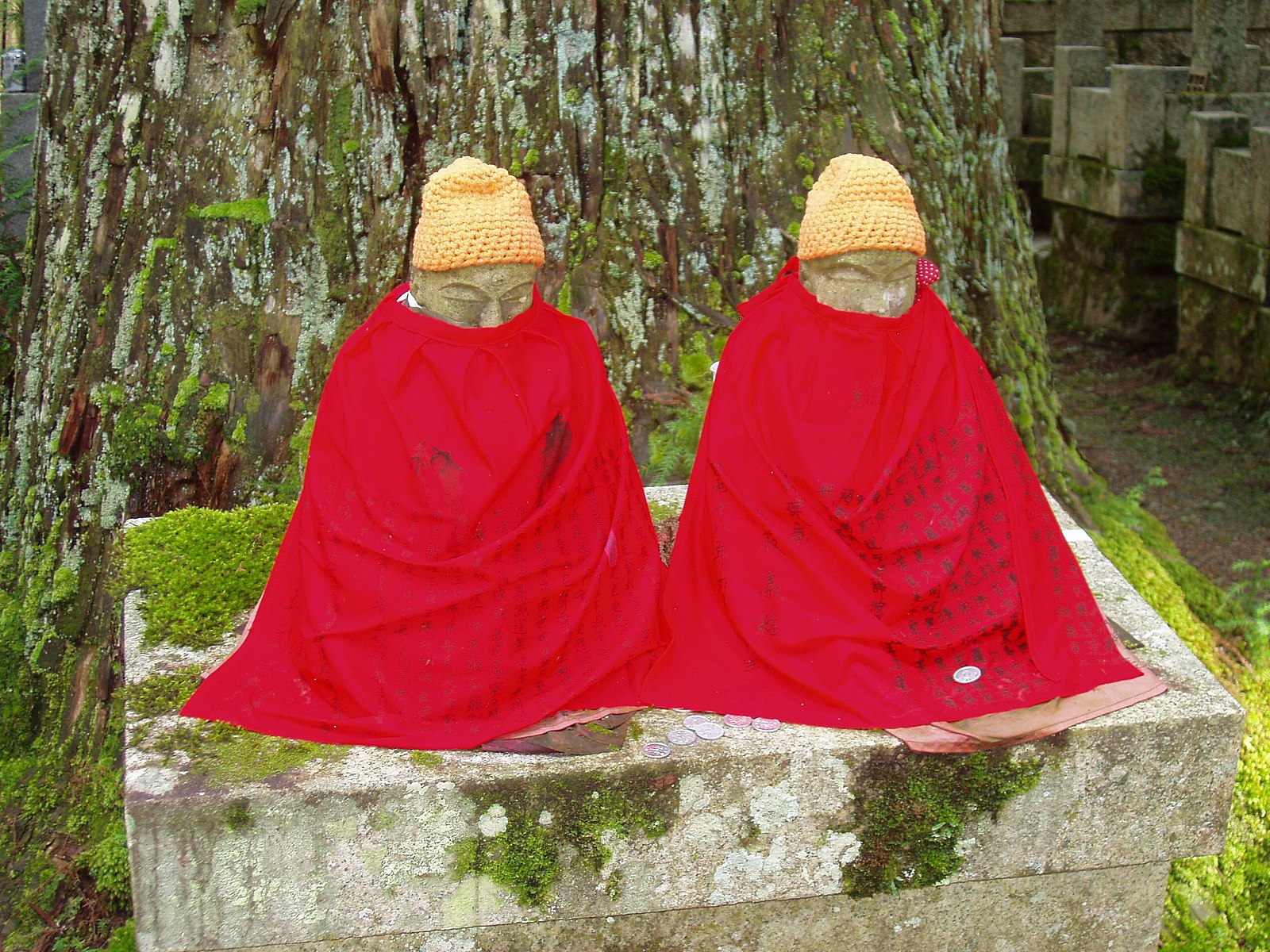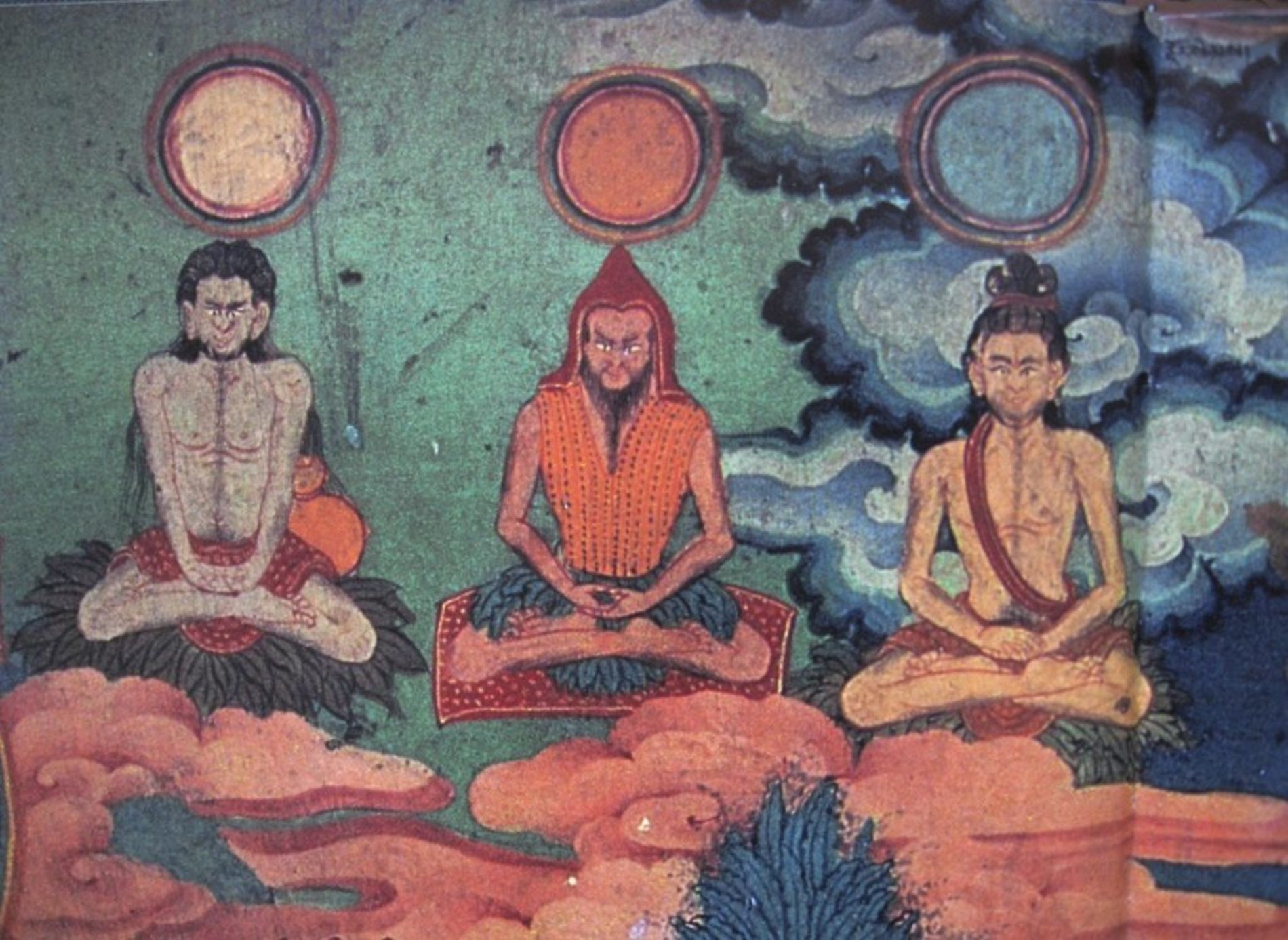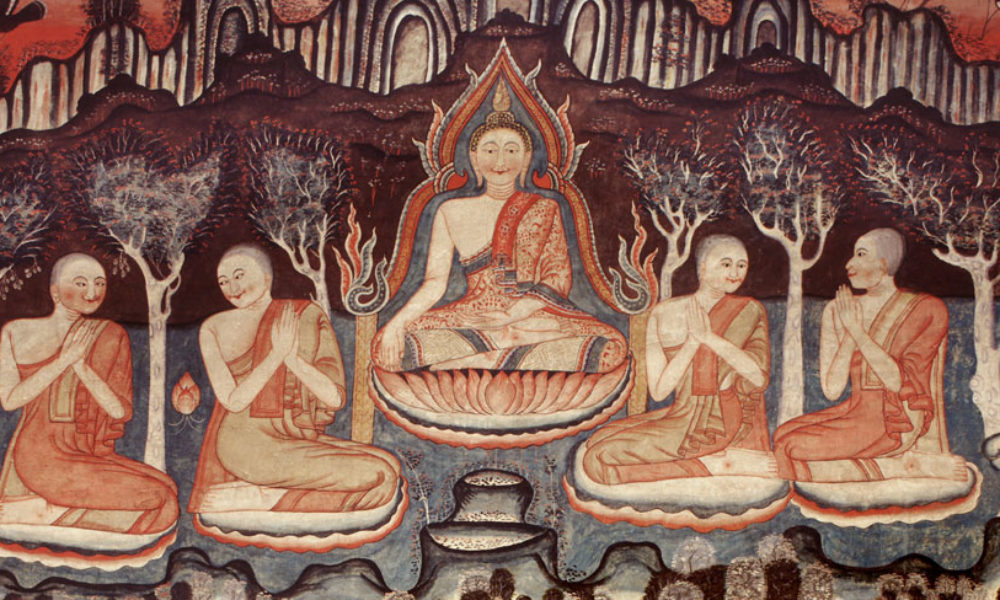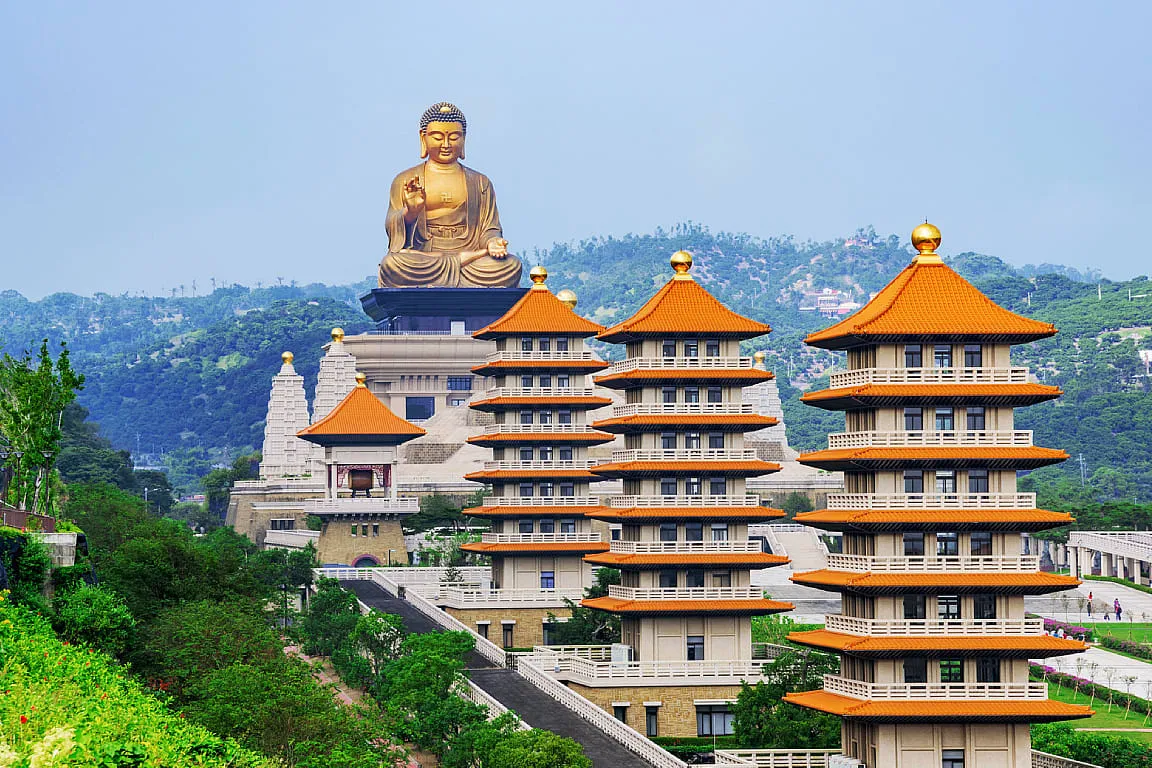The Purpose of Jizo Statues
The images of Jizo are more than mere sculptures; they are poignant symbols of solace and hope for grieving parents. According to Japanese folklore, children who pass away find themselves in the underworld, facing punishment for causing sorrow to their parents. As they arrive at Sai-no-Kawara, the riverbed of souls in purgatory, they desperately build stone towers in a bid to ascend to paradise. Yet, their efforts are thwarted by hellish demons who scatter their stones and inflict suffering upon them. It is at this critical juncture that Jizo, the compassionate bodhisattva, intervenes. With infinite tenderness, Jizo consoles the tormented souls and shelters them within the folds of his robe, offering them protection from further harm.
The Ritual of Pebble Offerings
Even in contemporary times, mourning parents seek solace in the tradition of covering Jizo statues with pebbles. Each stone tower erected is believed to alleviate the soul of their departed child from the burdens of purgatory. Additionally, Jizo statues are adorned with red caps or bibs, symbolizing the expulsion of demons and illness. Beyond his role as the protector of deceased children, Jizo is revered as a benefactor for those seeking fertility and a guardian deity for travelers embarking on perilous journeys.
Unveiling the Iconography of Jizo
In sculptural representations, Jizo assumes the form of a humble monk, adorned with a shaven head and a serene countenance. Adorning his forehead is an urna, a symbol of wisdom and insight. In his left hand, Jizo cradles a jewel known as the chintamani, representing enlightenment and spiritual wealth. Meanwhile, his right hand clasps a monk’s staff, adorned with six rings that jingle with every step—a poignant reminder of his unwavering commitment to aiding suffering souls.
Kshitigarbha: The Guardian Bodhisattva
While Jizo is widely known in Japan, his origins trace back to Kshitigarbha, a bodhisattva revered across Asia for his compassion towards the oppressed and the dying. Known as the “Earth Womb” or “Essence of the Earth,” Kshitigarbha is pledged to liberate all souls condemned to hell, tirelessly laboring until every suffering being finds salvation. Although in Chinese tradition, Kshitigarbha is seen as the overlord of hell, in Japan, he is revered for his boundless mercy towards the departed, especially children. Therefore, Jizo statues, often found in graveyards and roadside shrines, serve as symbols of solace and compassion for the departed souls.
Conclusion: Embracing Compassion and Hope
The story of Jizo embodies the essence of compassion and empathy that transcends cultural boundaries. From offering solace to grieving parents to extending protection to travelers, Jizo stands as a beacon of hope and compassion in times of adversity. Through the rituals of pebble offerings and adornments, individuals honor the enduring legacy of Jizo’s boundless compassion, finding solace and reassurance amidst life’s trials and tribulations.




